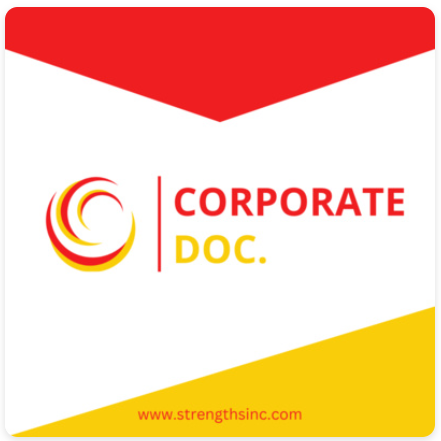Insight Now and Foresight About Future
- Naomi Chitambira

- Jan 17, 2020
- 4 min read
TAKE a walk down memory lane and imagine what it would be like if things were not constantly changing. Irene Sanders, author of Strategic Thinking and the New Science, while emphasizing the importance of change wrote, "in a world of sameness, the only possibility is that somehow something might change" and that "in a world of change, the possibilities are endless". It is a fact that change is a constant. When it comes to change we can either be proactive or reactive, and both positions have consequences. Being proactive entails being an initiator or causing change; and taking a reactive position entails not being in control of the situation, and thus acting in response to changes initiated by others.

In a complex, chaotic and dynamic environment, the ability to manage change influences the future value of an organization. So, how do leaders of organizations cope with such a confusing and uncertain business environment and what would be the probable effect of planned change? The ability to plan for change is housed in "strategic thinking", which has two major components, according to Sanders: "Insight about the present and foresight about the future." To be effective, strategic thinking should precede organizational change.
IN TODAY’s business environment, leaders have to anticipate the next transition, prepare for it, and build a culture and the capability to make it work, says Atkinson. The role of leading demands that strategic thinking precedes organizational change if one expects to lead successfully. A proactive approach to leading change is composed first with insight about the current environment, foresight about the future trends, and then innovation. Sanders proposes that "recognizing your system’s initial conditions as they are emerging gives you an opportunity to influence what is beginning to take shape." Kodak produced great products in the 1980s and 1990s. It was a success story, but its success was hit by the arrival of digital photography and other technological advancement, such as file sharing, printers and third-party applications. Kodak tried other products, but it has not been able to retain its former lustre.
The effect of strategic thinking is that it puts the organization at the forefront of innovation through the attempt to meet future needs and solving current problems. The organization then becomes proactive in leading change. Imagine yourself with your leadership team, stretching your brains from what you see at present to what the future can be. Then establish strategic goals to meet these needs.
When strategic thinking precedes organizational change, leaders are confident, have a sound assessment of the situation and they make better decisions. Effective strategic decisions are facilitated by the strategic thinking process, which involves having insight about the present and foresight about the future trends that can affect operations and markets. When great organizations become content with the status quo and pay less attention to the changing environment, they become victims of change. IBM is an example of a lack of insight and foresight that led to failure to adapt. It did not foresee the future trend that consumers would value desktop computing and took a reactive position. IBM’s CEO accepted that failure to adapt quickly to fundamental changes in its environment was the root of the considerable losses it incurred — a record $23bn over a two-year period. This clearly shows that there is value in having strategic thinking as an antecedent to organizational change.
The future competitiveness of any business operating under dynamic and complex situations relies on forward-thinking strategies. Change is summed in three words: chaotic, complex and dynamic. Effective strategic thinking should take place within a global setting. Failure to do so may result in a company folding overnight. This sounds scary, but this is the reality. Big companies such as IBM and Blockbuster, and small, medium and large companies fold every month. Strategic thinking incites your executive team to think outside the box and equip it to assess the effect of strategic decisions on operations at present and in the future. DR Yang Lui, author of Sustainable Competitive Advantage in Turbulent Business Environments, proposes that: "Today’s turbulent business environment is characterized by uncertainty and inability to predict the future is extremely challenging, and thus requires the development of new competencies."
It is said that there are two kinds of people: the ones who initiate change and the ones who wonder what has happened. In a complex and dynamic environment, it’s not easy to lead change; neither is it easy to cope and to manage change. But a proactive position to leading organizational change offers a more stable environment for leaders than does a reactive position. What leaders don’t realize is that the cost of responding to unanticipated change in terms of resources and time is enormous. It is in this respect that we see the value of strategic thinking as an antecedent activity to organizational change. The time is now to begin engaging in strategic thinking and begin writing a success story as a leader.
Author Profile
Naomi Chitambira
Doctoral candidate-Doctor of Strategic Leadership Regent University, Virginia Beach USA,
Master of Arts in Organizational Leadership, MBA, ECPC, ICF ACC,) –Founding director and Executive Coach at Strengths Inc. and member of the International Coach Federation.




Comments